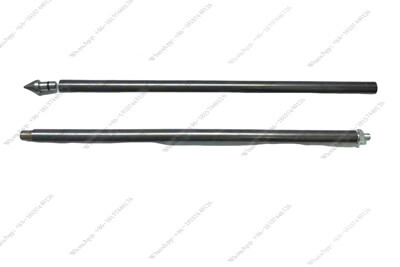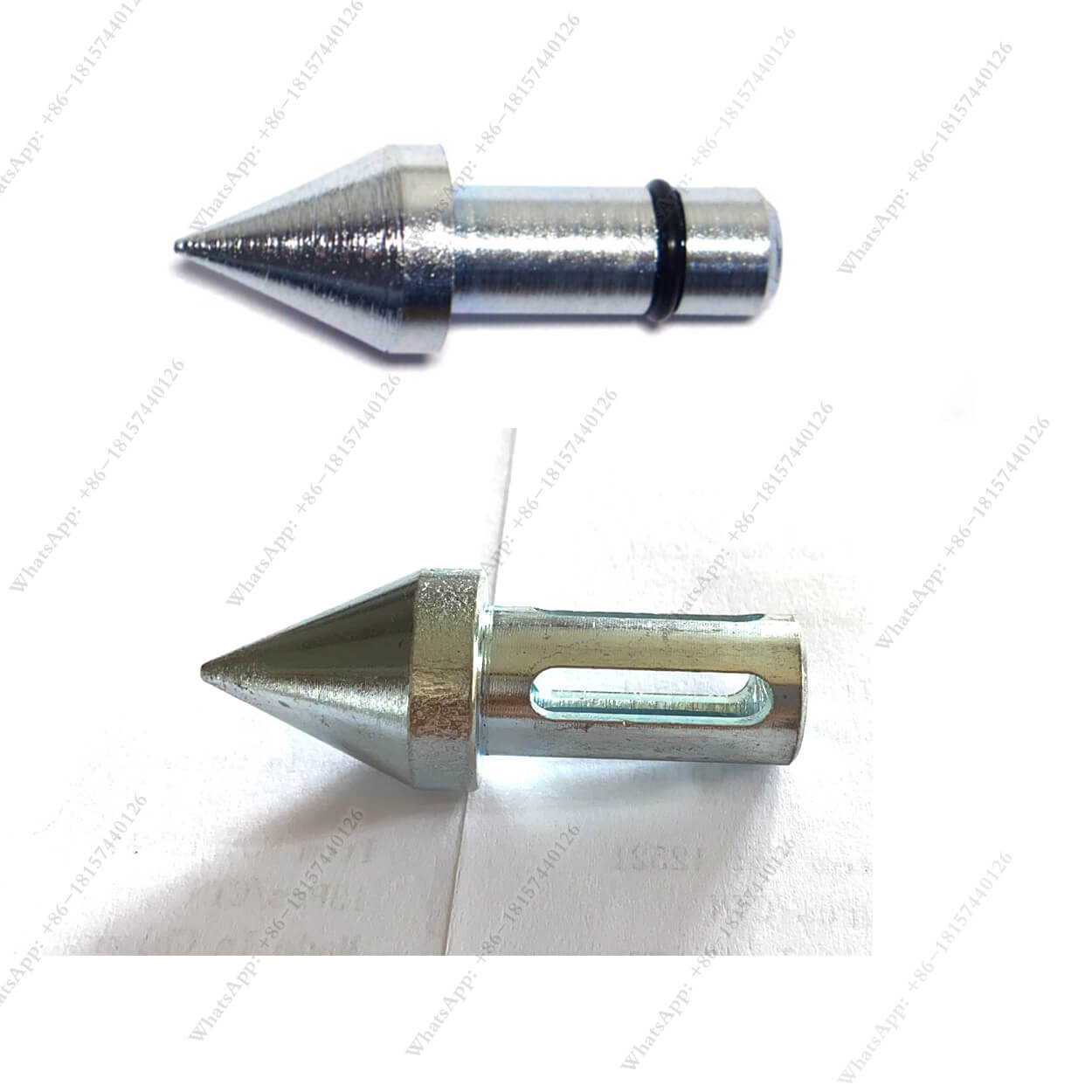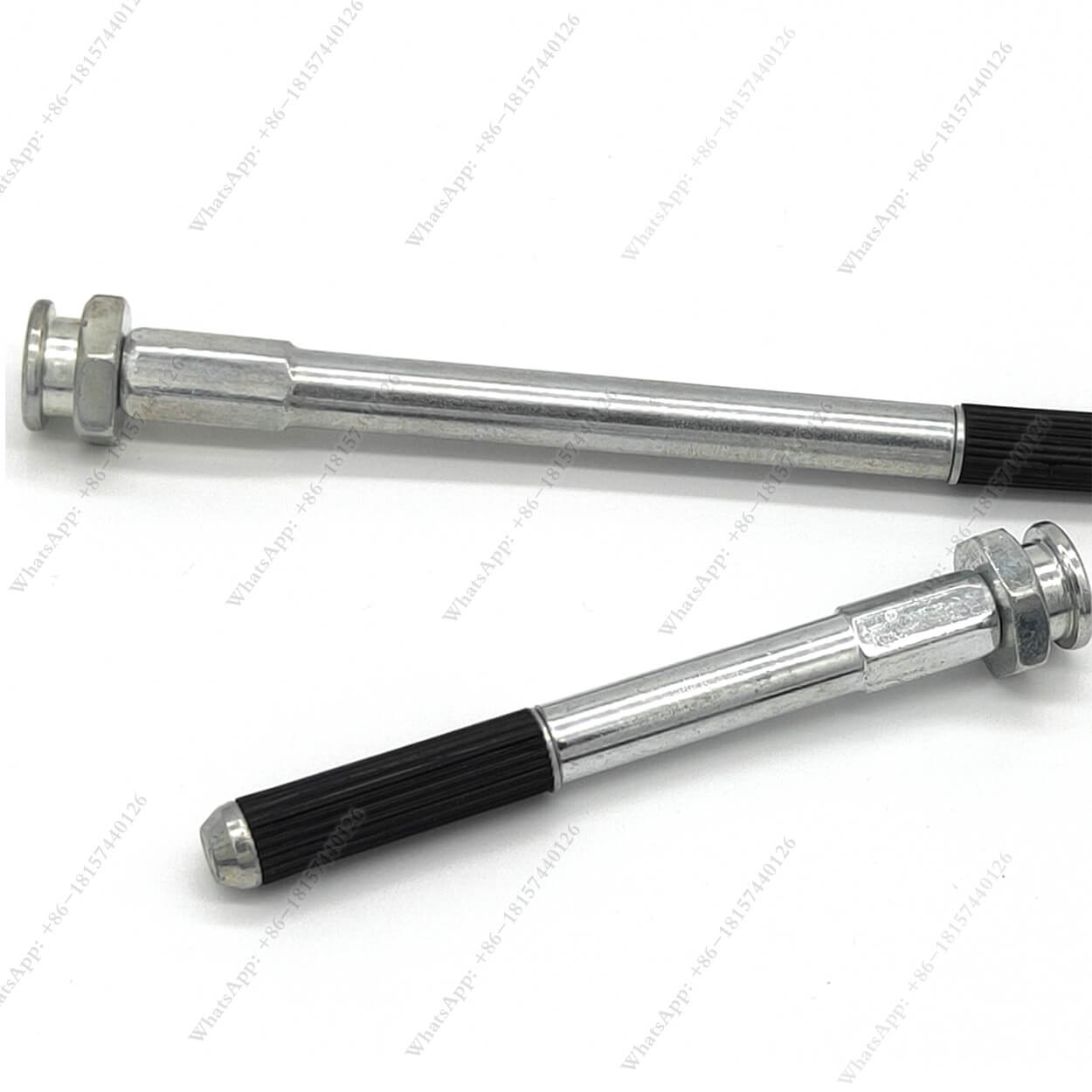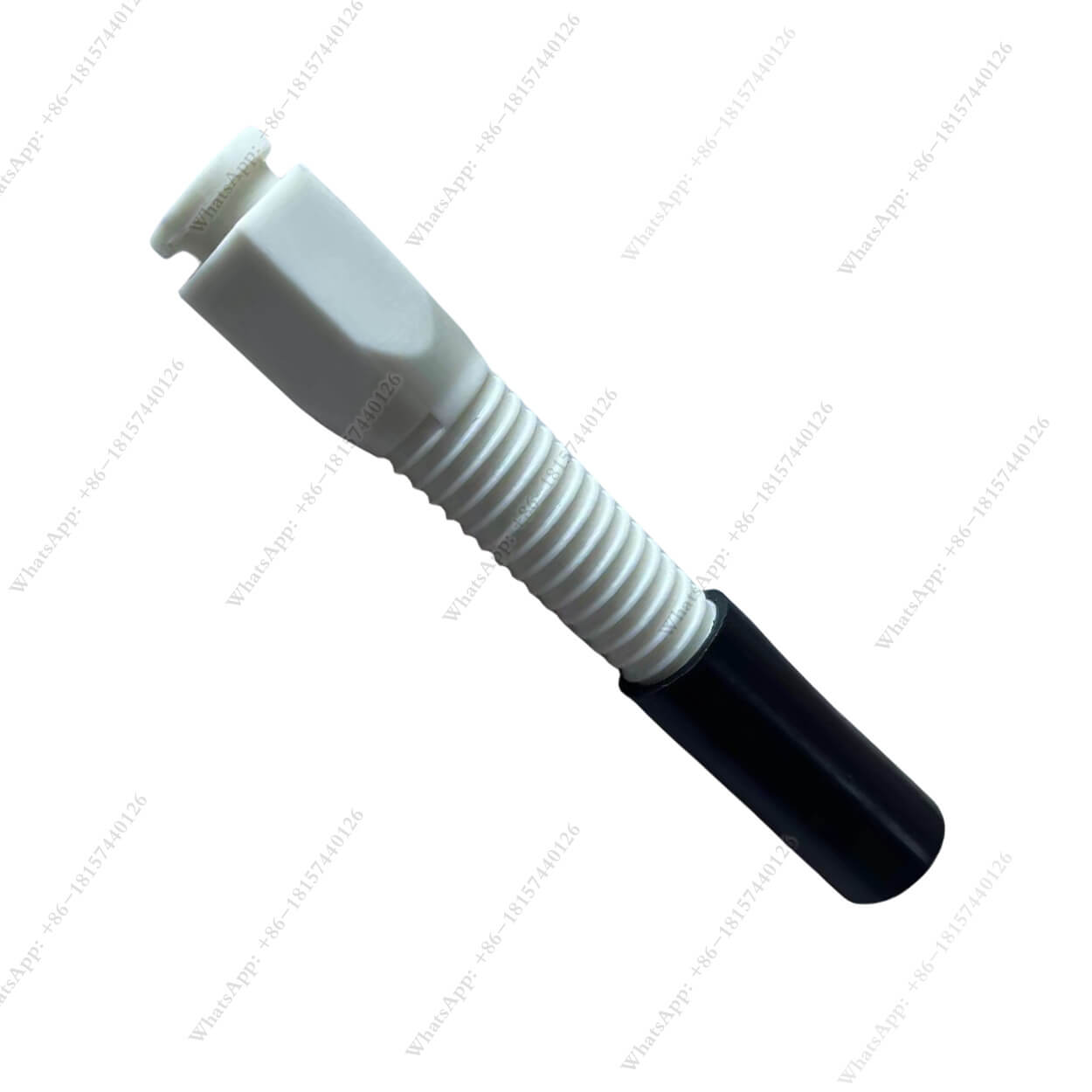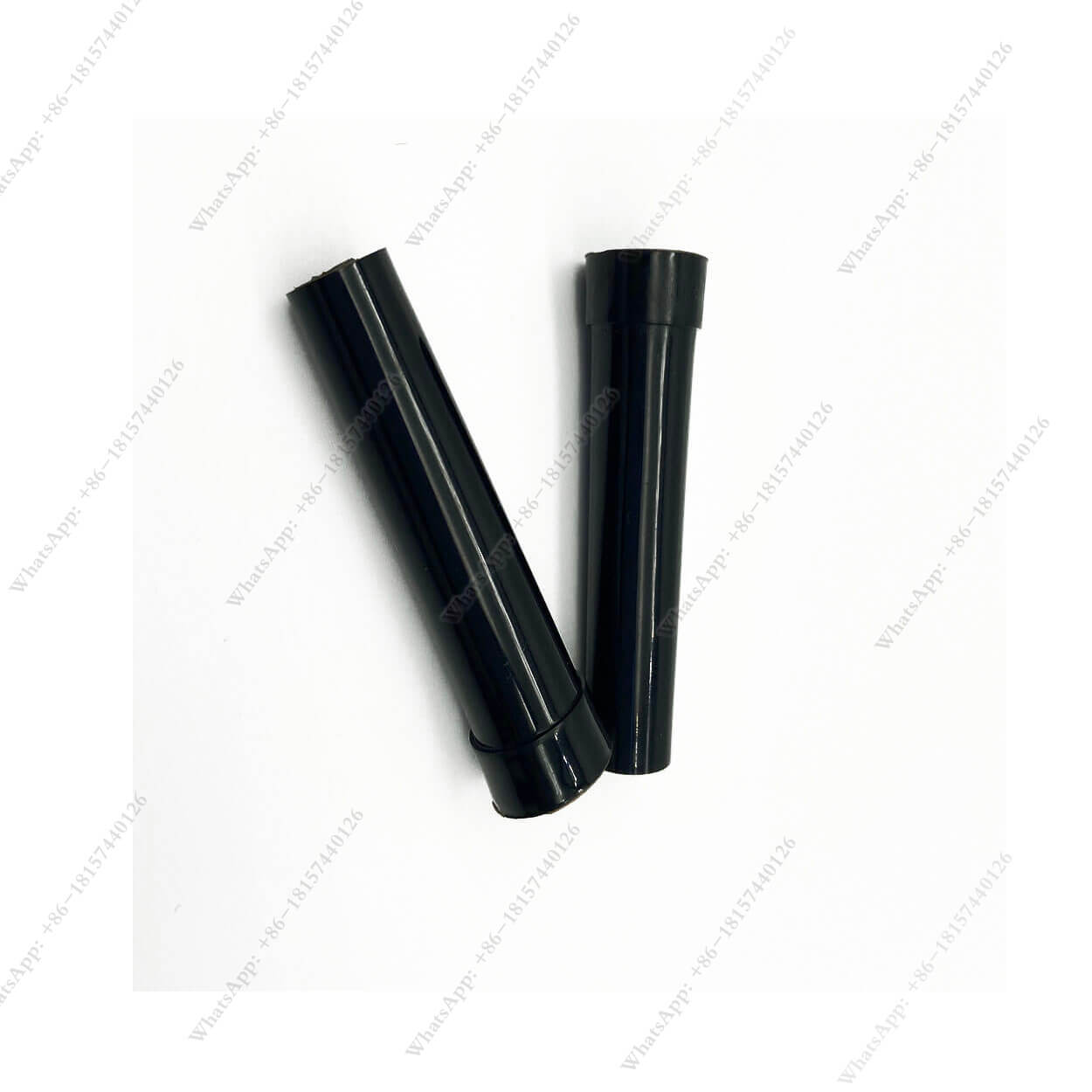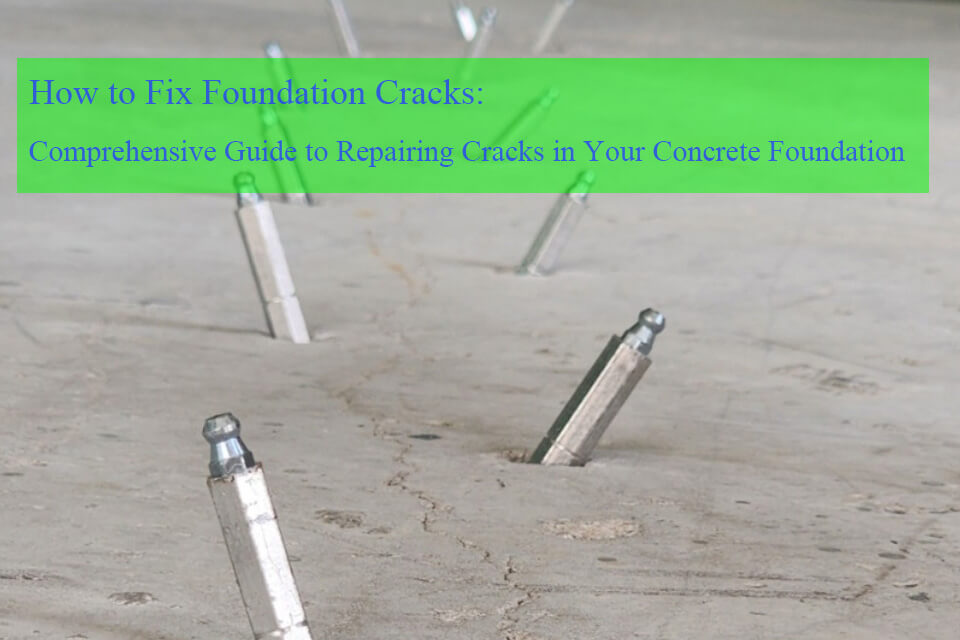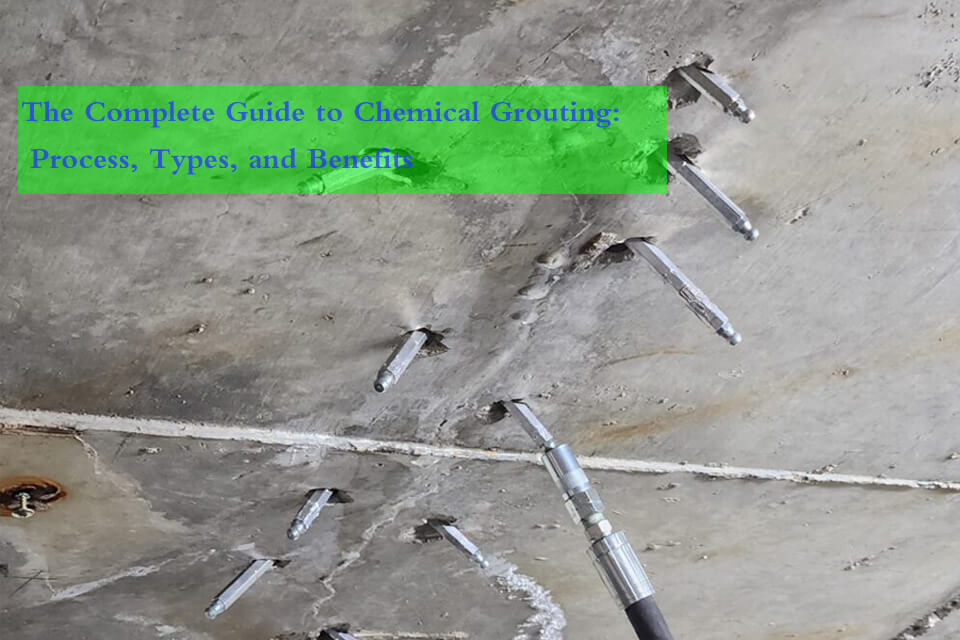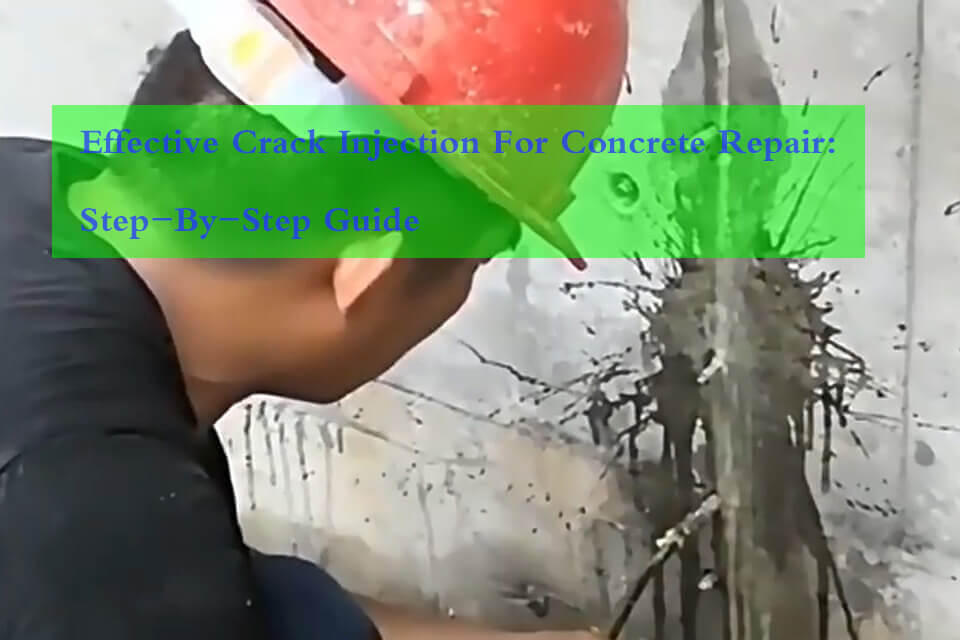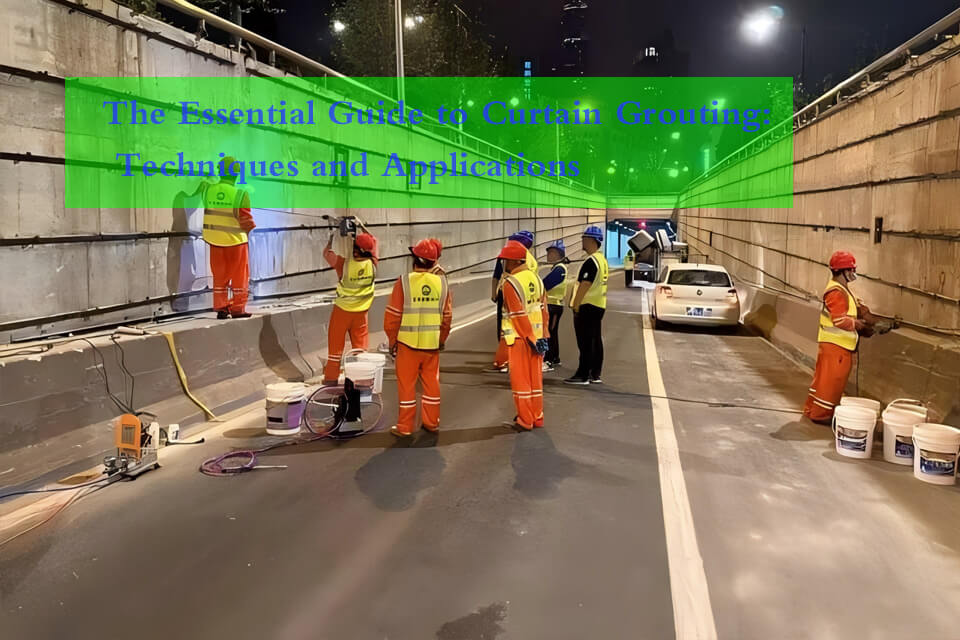

How to Measure a Button Head Grease Fitting: A Complete Guide
Button head grease fittings are widely used in heavy machinery and industrial applications, ensuring that grease is delivered effectively to vital components.

Epoxy Injection: Preparation Techniques and Key Considerations
Epoxy injection is a sophisticated technique employed in the restoration of concrete structures by delivering a high-strength, low-viscosity epoxy resin into cracks.
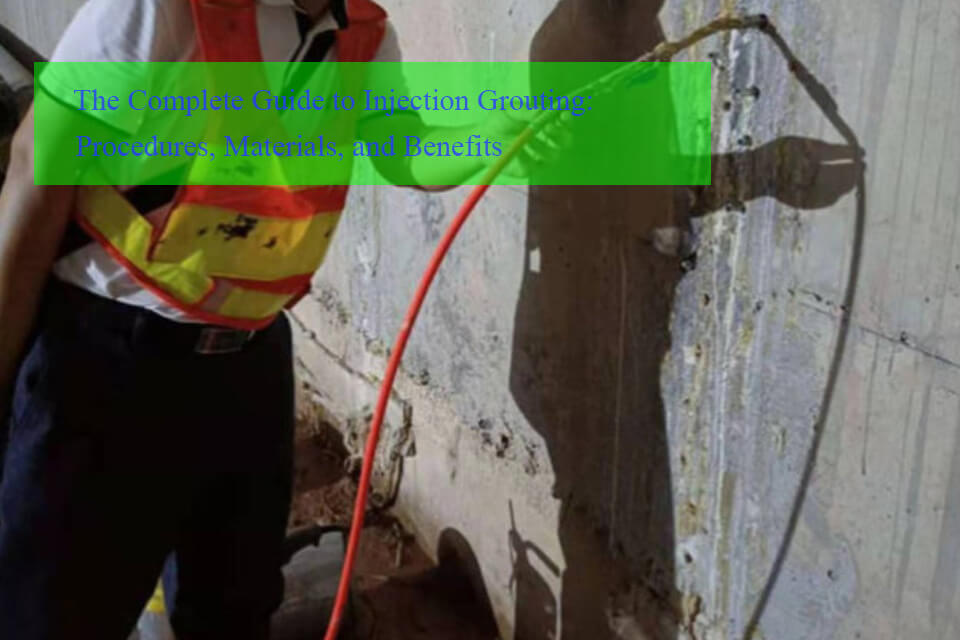
What is the Injection Grouting Procedure? A Detailed Guide to Concrete and Masonry Repairs
Injection grouting is a crucial technique used in construction and maintenance for repairing and reinforcing concrete and masonry structures.

